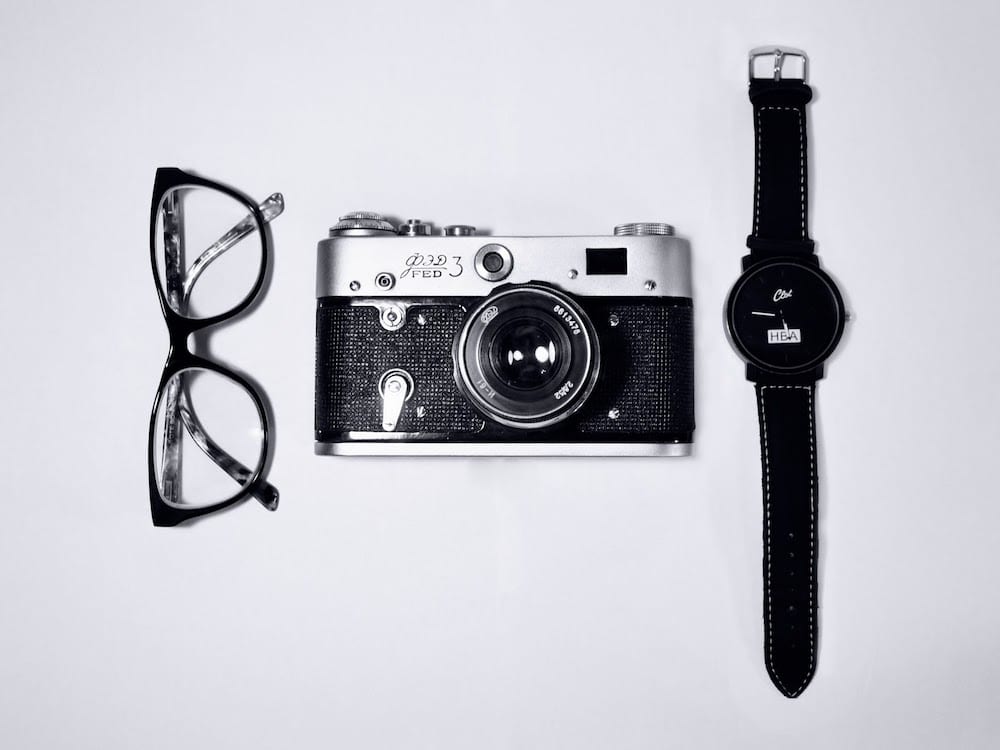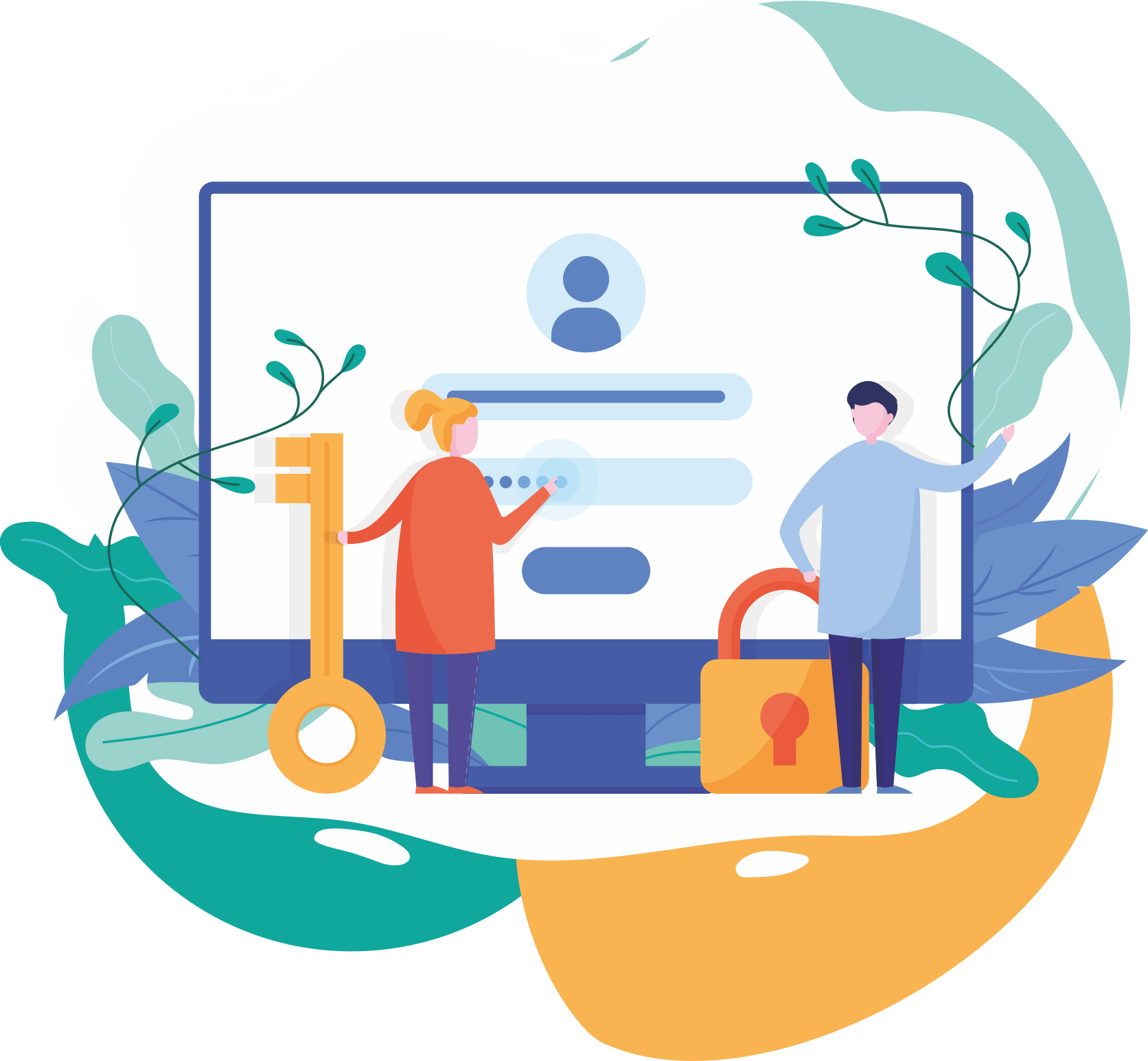
Coursera | Build Skills with Online Courses from Top Institutions
It’s an exciting time to get started in user experience design (UX design). Popular job site Glassdoor listed “UX designer” as one of their 50 Best Jobs in America for 2021 based on job satisfaction, earning potential, and job openings [1].
There’s more than one path toward becoming a UX designer. Showing that you have the right set of skills is often key to getting hired. But what are those skills?
To find out, we reviewed UX designer job listings on LinkedIn to find the skills most frequently included in job descriptions (as of April 2021). Amazon, Apple, Microsoft, Peloton, IBM, Playstation, Tesla, Adobe, and Visa are among the companies hiring for these skills.
What skills does a UX designer need?
UX designers use a combination of technical skills and workplace skills in their design work. Some of these skills are specific to the world of UI/UX, while others are more general. Chances are you already have skills that will transfer into a new career in UX design.
You can learn many of these skills with the Google UX Design Professional Certificate on Coursera. Learn more about the program and how to get started for free.
UX designer technical skills
1. Prototyping, wireframing, user flows, mockups
A huge part of the product development process is envisioning what a product will look like. Depending on the stage of development, you might do this by creating wireframes, low or high-fidelity prototypes, mockups, or user flows. Let’s define these terms.
Wireframe: A web page layout stripped of visual design used to prioritize page elements based on user needs
Prototype: A sample or simulation of a final product used to test and gather feedback. Low-fidelity prototypes might be sketched on paper and don’t allow user interaction. High-fidelity prototypes are typically computer-based and allow for mouse and keyboard interaction.
Mockup: A realistic visual model of what a final webpage or application will look like
User flow: A diagram that maps out each step a user takes when using a product or service
These elements of interaction design are hands-on skills that require practice. Luckily, you can get started with a pen and paper. Practice sketching out wireframes and user flows for an app or site you already use frequently to get familiar with the components.
Prototypes and mockups often require special UX software. If you’re just getting started, consider working with a free option, like Origami Studio. Popular paid prototyping tools, like InVision, Sketch, or Adobe XD, typically come with a free trial that allows you to design some prototypes without having to subscribe.
Alternately, practice prototyping using this paper prototyping method with a simple pen and paper.









